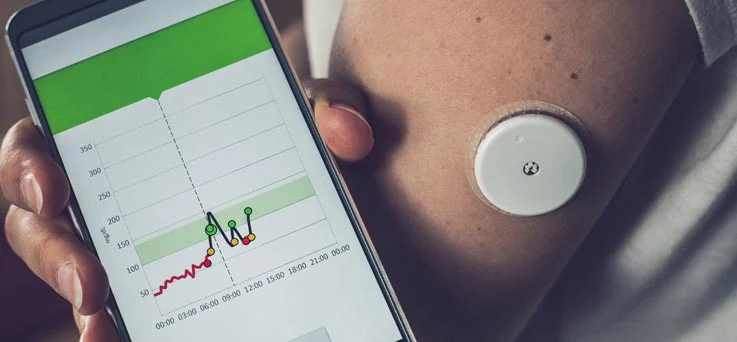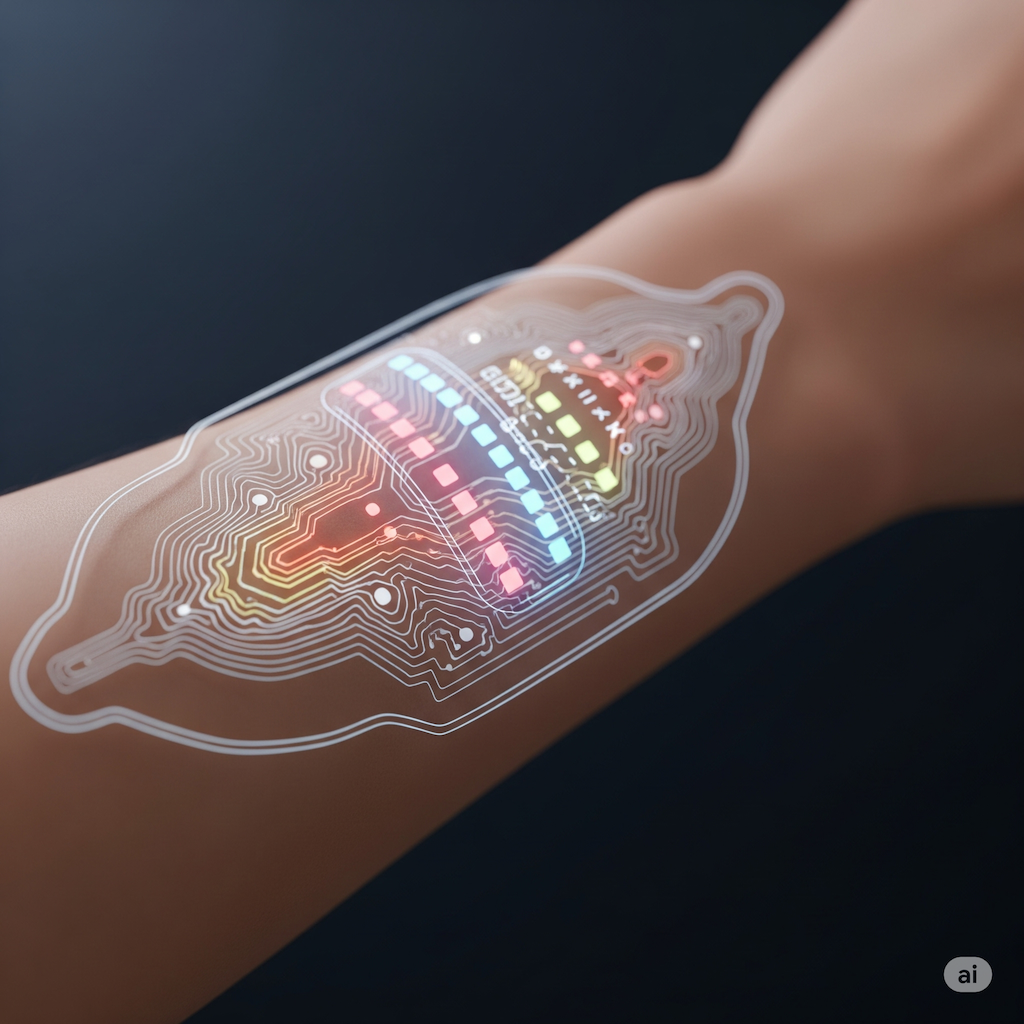
Made for You: The Dawn of Personalized Wearable Medical Devices
One-size-fits-all is becoming a thing of the past in healthcare. This post explores the rise of personalized wearable medical devices, powered by technologies like 3D printing and digital twins, and how they are creating a new paradigm of patient-centric care.
Made for You: The Dawn of Personalized Wearable Medical Devices
In the world of consumer products, personalization is king. We can customize our cars, our clothes, and even our coffee. So why should our medical devices be any different? The traditional one-size-fits-all approach to medical technology is slowly giving way to a new era of personalization, where devices are tailored to the unique anatomy, physiology, and lifestyle of each individual. This shift is being driven by a confluence of technological advancements, including 3D printing, digital twins, and artificial intelligence, and it promises to make healthcare more effective, comfortable, and patient-centric than ever before.
The Limitations of the Standard Model
For decades, medical devices have been designed for the 'average' person. While this approach has certainly saved countless lives, it has its limitations. A prosthetic limb that doesn't fit properly can cause pain and discomfort, a hearing aid that isn't tuned to an individual's specific hearing loss can be ineffective, and a wearable sensor that doesn't conform to the body can produce inaccurate readings. The need for personalization is particularly acute for wearable medical devices, which are designed to be worn for extended periods and must integrate seamlessly with the wearer's body.
3D Printing: A Revolution in Customization
3D printing, also known as additive manufacturing, is a game-changer for personalized medical devices. By building objects layer by layer from a digital model, 3D printing allows for the creation of highly complex and customized geometries that would be impossible to produce with traditional manufacturing methods. This technology is already being used to create patient-specific surgical guides, custom implants, and personalized prosthetics. In the realm of wearables, 3D printing can be used to create devices that are perfectly matched to an individual's body shape, ensuring a comfortable and secure fit. For example, a 3D-printed wristband for a wearable sensor can be designed to fit the exact contours of a person's wrist, improving both comfort and data accuracy.
Digital Twins: The Virtual You
The concept of a 'digital twin' – a virtual model of a physical object or system – is also playing a crucial role in the personalization of wearable medical devices. By creating a digital twin of a patient, based on data from medical scans, wearable sensors, and other sources, clinicians can simulate how a particular device will interact with that individual's body. As described in a recent paper on digital twin-enabled wearable devices, this technology can be used to design and test personalized devices in a virtual environment before they are ever manufactured. This not only saves time and money but also allows for a much higher degree of personalization than would be possible with trial-and-error methods.
AI: The Brains Behind the Brawn
Artificial intelligence is the final piece of the personalization puzzle. AI algorithms can be used to analyze the vast amounts of data collected by wearable sensors and to create personalized health insights and recommendations. For example, an AI-powered wearable device could learn an individual's unique physiological patterns and alert them to any deviations that might indicate a health problem. AI can also be used to automate the design of personalized devices, creating optimal designs based on a patient's specific needs and characteristics.
A Future of Patient-Centric Care
The rise of personalized wearable medical devices represents a fundamental shift in the way we think about healthcare. By moving away from a one-size-fits-all approach and towards a model of patient-centric care, we can create a healthcare system that is more effective, more efficient, and more humane. The journey towards truly personalized medicine is still in its early stages, but the technologies that will make it possible are already here. As these technologies continue to mature and become more widely available, we can expect to see a future where our medical devices are not just tools for treating illness, but are personalized partners in our journey towards a healthier life.
References:
- "A digital twin enabled wearable device for customized healthcare." *Digital Twin*, vol. 2, 2022, digitaltwin1.org/articles/2-17/.
- "3D Printing of Personalized Medical Devices." *Journal of Personalized Medicine*, 2023.
- "The Role of Artificial Intelligence in Personalized Medicine." *Nature Medicine*, 2024.
PUKAR MAHARJAN
Postdoc Research Associate
I'm a bioelectroncis researcher specializing in wearable healthcare devices, leveraging materials science, nanotechnology, additive manufacturing, biomedical engineering, machine learning and AI to create innovate solutions that seamslessly intgrate technology with human health.
Related Articles

Skin Deep: How Electronic Tattoos Are Becoming the Ultimate Wearable
Imagine a health monitor so thin and comfortable you forget it's even there. This is the promise of electronic tattoos, or e-tattoos. This post explores the cutting-edge technology behind these imperceptible devices and their potential to revolutionize continuous, non-invasive health monitoring.
Read Article
The Unseen Revolution: How Wearable Electronics Are Weaving Themselves into the Fabric of Modern Life
From simple fitness trackers to complex medical monitors, wearable electronics are no longer science fiction. This post explores the materials, technologies, and innovations driving this silent revolution and what it means for the future of human-computer interaction.
Read Article